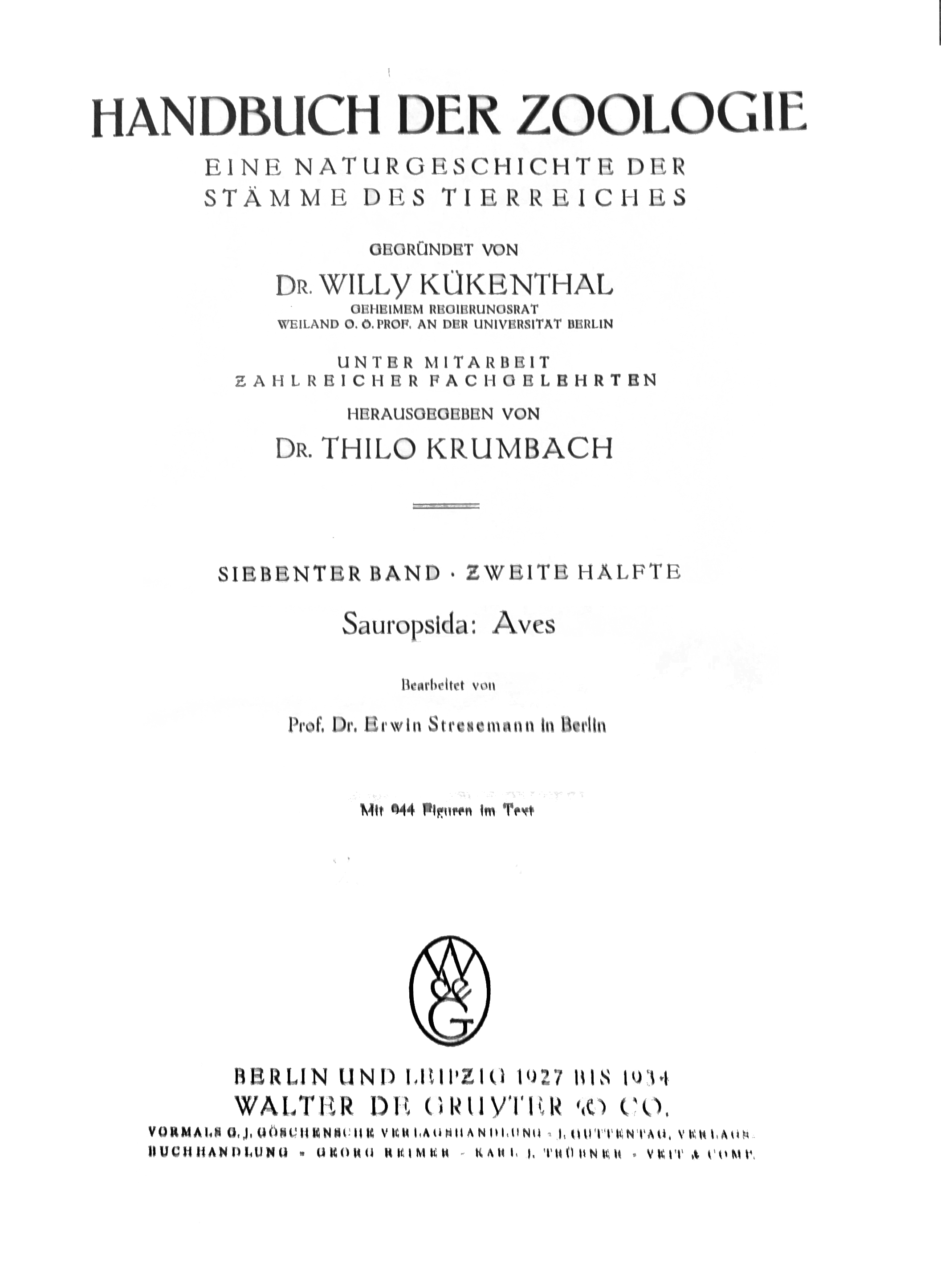|
Raiatea Parakeet
The Raiatea parakeet or Society parakeet (''Cyanoramphus ulietanus''), also known as the Society kakariki or brown-headed parakeet, is an extinct parakeet of the genus ''Cyanoramphus''. Description The Raiatea parakeet averaged 25 cm (9.75 to 10 inches) in length. Its head was chocolate brown, paler on the neck, rump, and wings. The bill showed a pale bluish grey hue and had a black tip. The lower back and tail coverts exhibited a rufous brown colouring. The underwing coverts and outer webs to flight feathers were greyish blue. The breast, abdomen, and undertail coverts were olive yellow. The mid-rectrices were olive brown and outer rectrices grey. The irises were orange red in adults and brown in juveniles. The feet were greyish brown. Males and females were not sexually dimorphic. Distribution and habitat The Raiatea parakeet was endemic to Raiatea, the second largest island of the Society Islands. It was probably a forest species, as this was the native habitat on this ... [...More Info...] [...Related Items...] OR: [Wikipedia] [Google] [Baidu] |
Johann Friedrich Gmelin
Johann Friedrich Gmelin (8 August 1748 – 1 November 1804) was a German natural history, naturalist, chemist, botanist, entomologist, herpetologist, and malacologist. Education Johann Friedrich Gmelin was born as the eldest son of Philipp Friedrich Gmelin in 1748 in Tübingen. He studied medicine under his father at University of Tübingen and graduated with a Master's degree in 1768, with a thesis entitled: ', defended under the presidency of Ferdinand Christoph Oetinger, whom he thanks with the words '. Career In 1769, Gmelin became an adjunct professor of medicine at University of Tübingen. In 1773, he became professor of philosophy and adjunct professor of medicine at University of Göttingen. He was promoted to full professor of medicine and professor of chemistry, botany, and mineralogy in 1778. He died in 1804 in Göttingen and is buried there in the Albanifriedhof, Albani cemetery with his wife Rosine Louise Gmelin (1755–1828, née Schott). Johann Friedrich Gm ... [...More Info...] [...Related Items...] OR: [Wikipedia] [Google] [Baidu] |
James Cook
Captain (Royal Navy), Captain James Cook (7 November 1728 – 14 February 1779) was a British Royal Navy officer, explorer, and cartographer famous for his three voyages of exploration to the Pacific and Southern Oceans, conducted between 1768 and 1779. He completed the first recorded circumnavigation of the main islands of New Zealand and was the first known European to visit the eastern coastline of Australia and the Hawaiian Islands. Cook joined the British merchant navy as a teenager before enlisting in the Royal Navy in 1755. He served during the Seven Years' War, and subsequently surveyed and mapped much of the entrance to the St. Lawrence River during the Battle of the Plains of Abraham, siege of Quebec. In the 1760s, he mapped the coastline of Newfoundland (island), Newfoundland and made important astronomical observations which brought him to the attention of the Admiralty (United Kingdom), Admiralty and the Royal Society. This acclaim came at a crucial moment in Brit ... [...More Info...] [...Related Items...] OR: [Wikipedia] [Google] [Baidu] |
Parakeets
A parakeet is any one of many small- to medium-sized species of parrot, in multiple genera, that generally has long tail feathers. Etymology and naming The name ''parakeet'' is derived from the French word ''perroquet'', which is reflected in some older spellings that are still sometimes encountered, including paroquet or paraquet. However, in modern French, ''perruche'' is used to refer to parakeets and similar-sized parrots. In American English, the word ''parakeet'' usually refers to the budgerigar, which is one species of parakeet. Summary Parakeets comprise about 115 species of birds that are seed-eating parrots of small size, slender build, and long, tapering tails. The Australian budgerigar, also known as "budgie", ''Melopsittacus undulatus'', is probably the most common parakeet. It was first described by zoologists in 1891. It is the most popular species of parakeet kept as a pet in North America and Europe. The term "grass parakeet" (or ''grasskeet'') ref ... [...More Info...] [...Related Items...] OR: [Wikipedia] [Google] [Baidu] |
Bird Extinctions Since 1500
Birds are a group of warm-blooded vertebrates constituting the class Aves (), characterised by feathers, toothless beaked jaws, the laying of hard-shelled eggs, a high metabolic rate, a four-chambered heart, and a strong yet lightweight skeleton. Birds live worldwide and range in size from the bee hummingbird to the common ostrich. There are over 11,000 living species and they are split into 44 orders. More than half are passerine or "perching" birds. Birds have wings whose development varies according to species; the only known groups without wings are the extinct moa and elephant birds. Wings, which are modified forelimbs, gave birds the ability to fly, although further evolution has led to the loss of flight in some birds, including ratites, penguins, and diverse endemic island species. The digestive and respiratory systems of birds are also uniquely adapted for flight. Some bird species of aquatic environments, particularly seabirds and some waterbirds, have fur ... [...More Info...] [...Related Items...] OR: [Wikipedia] [Google] [Baidu] |
Taxa Named By Johann Friedrich Gmelin
In biology, a taxon (back-formation from ''taxonomy''; : taxa) is a group of one or more populations of an organism or organisms seen by taxonomists to form a unit. Although neither is required, a taxon is usually known by a particular name and given a particular ranking, especially if and when it is accepted or becomes established. It is very common, however, for taxonomists to remain at odds over what belongs to a taxon and the criteria used for inclusion, especially in the context of rank-based (" Linnaean") nomenclature (much less so under phylogenetic nomenclature). If a taxon is given a formal scientific name, its use is then governed by one of the nomenclature codes specifying which scientific name is correct for a particular grouping. Initial attempts at classifying and ordering organisms (plants and animals) were presumably set forth in prehistoric times by hunter-gatherers, as suggested by the fairly sophisticated folk taxonomies. Much later, Aristotle, and later still ... [...More Info...] [...Related Items...] OR: [Wikipedia] [Google] [Baidu] |
Birds Described In 1789
Birds are a group of warm-blooded vertebrates constituting the class Aves (), characterised by feathers, toothless beaked jaws, the laying of hard-shelled eggs, a high metabolic rate, a four-chambered heart, and a strong yet lightweight skeleton. Birds live worldwide and range in size from the bee hummingbird to the common ostrich. There are over 11,000 living species and they are split into 44 orders. More than half are passerine or "perching" birds. Birds have wings whose development varies according to species; the only known groups without wings are the extinct moa and elephant birds. Wings, which are modified forelimbs, gave birds the ability to fly, although further evolution has led to the loss of flight in some birds, including ratites, penguins, and diverse endemic island species. The digestive and respiratory systems of birds are also uniquely adapted for flight. Some bird species of aquatic environments, particularly seabirds and some waterbirds, have furth ... [...More Info...] [...Related Items...] OR: [Wikipedia] [Google] [Baidu] |
Naturhistorisches Museum
The Natural History Museum Vienna () is a large natural history museum located in Vienna, Austria. The NHM Vienna is one of the largest museums and non-university research institutions in Austria and an important center of excellence for all matters relating to natural sciences. The museum's 39 exhibition rooms cover 8,460 square meters and present more than 100,000 objects. It is home to 30 million objects available to more than 60 scientists and numerous guest researchers who carry out basic research in a wide range of topics related to human sciences, earth sciences, and life sciences. The ''Index Herbariorum'' code assigned to this museum is W and it is used when citing housed herbarium specimens. History The earliest collections of the Natural History Museum Vienna date back more than 250 years. It was the Holy Roman Emperor Francis I, Maria Theresa’s husband, who in 1750 purchased what was at the time the world's largest collection of natural history objects from th ... [...More Info...] [...Related Items...] OR: [Wikipedia] [Google] [Baidu] |
Natural History Museum, London
The Natural History Museum in London is a museum that exhibits a vast range of specimens from various segments of natural history. It is one of three major museums on Exhibition Road in South Kensington, the others being the Science Museum (London), Science Museum and the Victoria and Albert Museum. The Natural History Museum's main frontage, however, is on Cromwell Road. The museum is home to life and earth science specimens comprising some 80 million items within five main collections: botany, entomology, mineralogy, palaeontology and zoology. The museum is a centre of research specialising in Taxonomy (biology), taxonomy, identification and conservation. Given the age of the institution, many of the collections have great historical as well as scientific value, such as specimens collected by Charles Darwin. The museum is particularly famous for its exhibition of dinosaur skeletons and ornate architecture—sometimes dubbed a ''cathedral of nature''—both exemplified by the ... [...More Info...] [...Related Items...] OR: [Wikipedia] [Google] [Baidu] |
Joseph Banks
Sir Joseph Banks, 1st Baronet, (19 June 1820) was an English Natural history, naturalist, botanist, and patron of the natural sciences. Banks made his name on the European and American voyages of scientific exploration, 1766 natural-history expedition to Newfoundland and Labrador. He took part in Captain James Cook's First voyage of James Cook, first great voyage (1768–1771), visiting Brazil, Tahiti, and after 6 months in New Zealand, Australia, returning to immediate fame. He held the position of president of the Royal Society for over 41 years. He advised King George III on the Royal Botanic Gardens, Kew, sending botanists around the world to Botanical expedition, collect plants, he made Kew the world's leading botanical garden. He is credited for bringing 30,000 plant specimens home with him; amongst them, he was the first European to document 1,400. Banks advocated Colony of New South Wales, British settlement in New South Wales and the colonisation of Australia, as wel ... [...More Info...] [...Related Items...] OR: [Wikipedia] [Google] [Baidu] |
James Greenway
James Cowan Greenway (April 7, 1903 – June 10, 1989) was an American ornithologist. An eccentric, shy, and often reclusive man, his survey of extinct and vanishing birds provided the base for much subsequent work on bird conservation. Early years Greenway was born in New York City, though grew up on the Lauder Greenway Estate in Greenwich, Connecticut, with his brothers G. Lauder Greenway and Gilbert Greenway, as the son of James Greenway Sr., founder of the Yale School of Public Health. He is also a grandson of George Lauder and a great-grandson of George Lauder, Sr. He was educated at Phillips Exeter Academy, graduating in 1922, and graduated from Yale University in 1926 with a Bachelor of Arts degree. He then worked for a few years as a reporter for the ''Brooklyn Eagle'' newspaper. Expeditions and research Expeditions with Delacour In 1929 Greenway became a partner in the Franco-Anglo-American Zoological Expedition to Madagascar. The expedition was sponsored by the ' ... [...More Info...] [...Related Items...] OR: [Wikipedia] [Google] [Baidu] |
Otto Finsch
Friedrich Hermann Otto Finsch (8 August 1839, Warmbrunn – 31 January 1917, Braunschweig) was a German ethnographer, natural history, naturalist and colonial explorer. He is known for a two-volume monograph on the parrots of the world which earned him a doctorate. He also wrote on the people of New Guinea and was involved in plans for German colonization in Southeast Asia. Several species of bird (such as ''Oenanthe finschii'', ''Iole finschii'', ''Psittacula finschii'') are named after him as also the town of Finschhafen in Morobe Province, Papua New Guinea and a crater on the Moon. Biography Finsch was born at Cieplice Śląskie-Zdrój, Bad Warmbrunn in Silesia to Mortiz Finsch and Mathilde née Leder. His father was in the glass trade and he too trained as a glass painter. An interest in birds led him to use his artistic skills for the purpose. Finsch went to Budapest in 1857 and studied at the Eötvös Loránd University, Royal Hungarian University, earning money by preparing ... [...More Info...] [...Related Items...] OR: [Wikipedia] [Google] [Baidu] |
Erwin Stresemann
Erwin Friedrich Theodor Stresemann (22 November 1889, in Dresden – 20 November 1972, in East Berlin) was a German naturalist and ornithologist. Stresemann was an ornithologist of extensive breadth who compiled one of the first and most comprehensive accounts of avian biology of its time as part of the ''Handbuch der Zoologie'' (Handbook of Zoology). In the process of his studies on birds, he also produced one of the most extensive historical accounts on the development of the science of ornithology. He influenced numerous ornithologists around him and oversaw the development of ornithology in Germany as editor of the ''Journal für Ornithologie''. He also took an interest in poetry, philosophy and linguistics. He published a monograph on the Paulohi language based on studies made during his ornithological expedition to the Indonesian island. Early life Stresemann was born in Dresden to Richard, an apothecary and Marie. His grandfather Theodor owned the ''Zum Roten Adler'' pharma ... [...More Info...] [...Related Items...] OR: [Wikipedia] [Google] [Baidu] |










